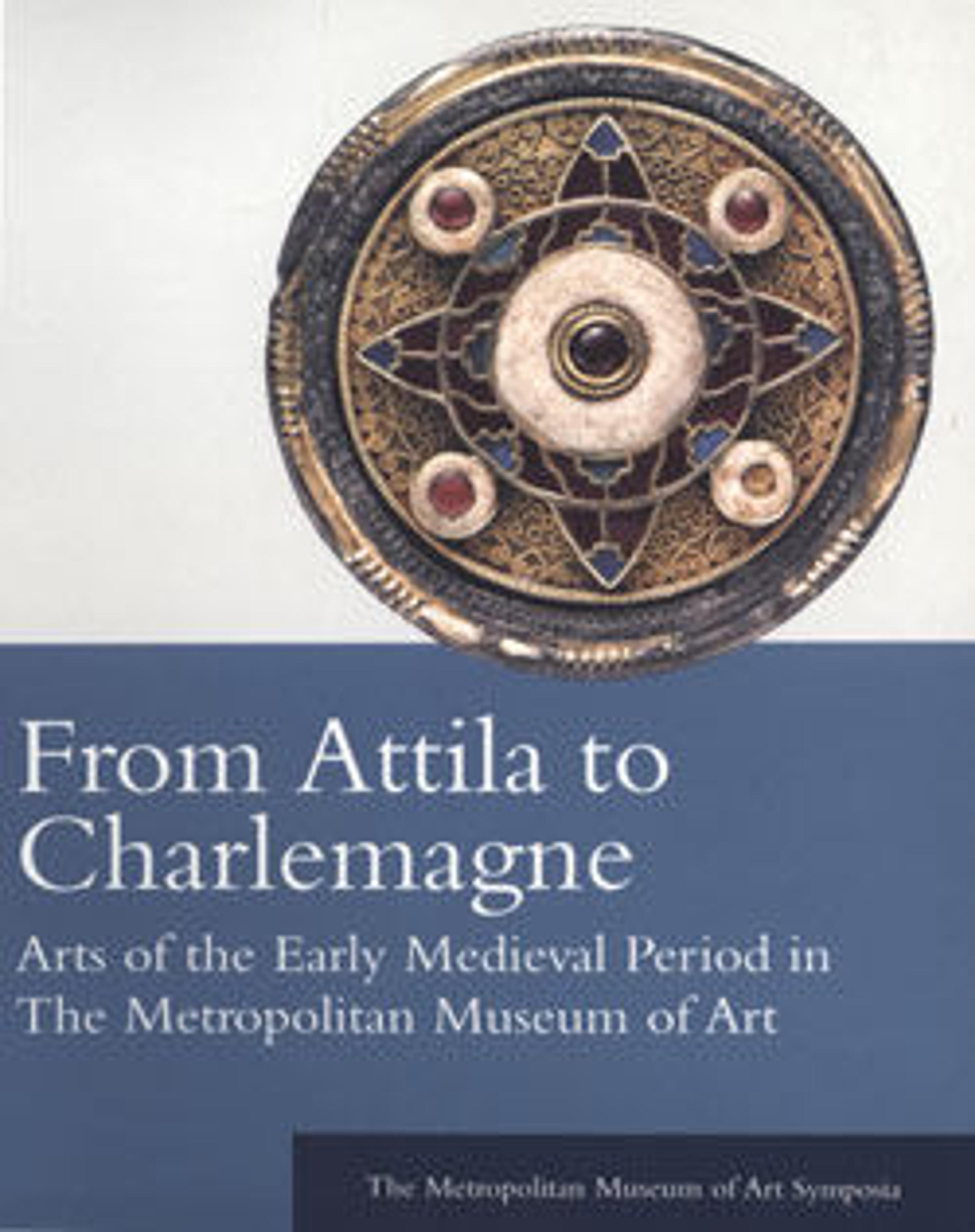Openwork Belt Fitting
Openwork plaques were hung from a belt by a strap. Such useful objects as combs, keys, or amulets would then be suspended from the plaque by chains or strings. The patterns on these belt fittings ranged from architectural motifs to human figures to abstract designs.
Artwork Details
- Title:Openwork Belt Fitting
- Date:7th century
- Geography:Made in Alamania
- Culture:Frankish
- Medium:Cast copper alloy - tinned surface, engraved decoration; two integral posts on reverse; iron tongues
- Dimensions:Overall: 3 1/8 x 4 1/8 x 3 1/8 x 5/16 in. (8 x 10.5 x 8 x 0.8 cm)
- Classification:Metalwork-Copper alloy
- Credit Line:Gift of J. Pierpont Morgan, 1917
- Object Number:17.192.163
- Curatorial Department: Medieval Art and The Cloisters
More Artwork
Research Resources
The Met provides unparalleled resources for research and welcomes an international community of students and scholars. The Met's Open Access API is where creators and researchers can connect to the The Met collection. Open Access data and public domain images are available for unrestricted commercial and noncommercial use without permission or fee.
To request images under copyright and other restrictions, please use this Image Request form.
Feedback
We continue to research and examine historical and cultural context for objects in The Met collection. If you have comments or questions about this object record, please contact us using the form below. The Museum looks forward to receiving your comments.
